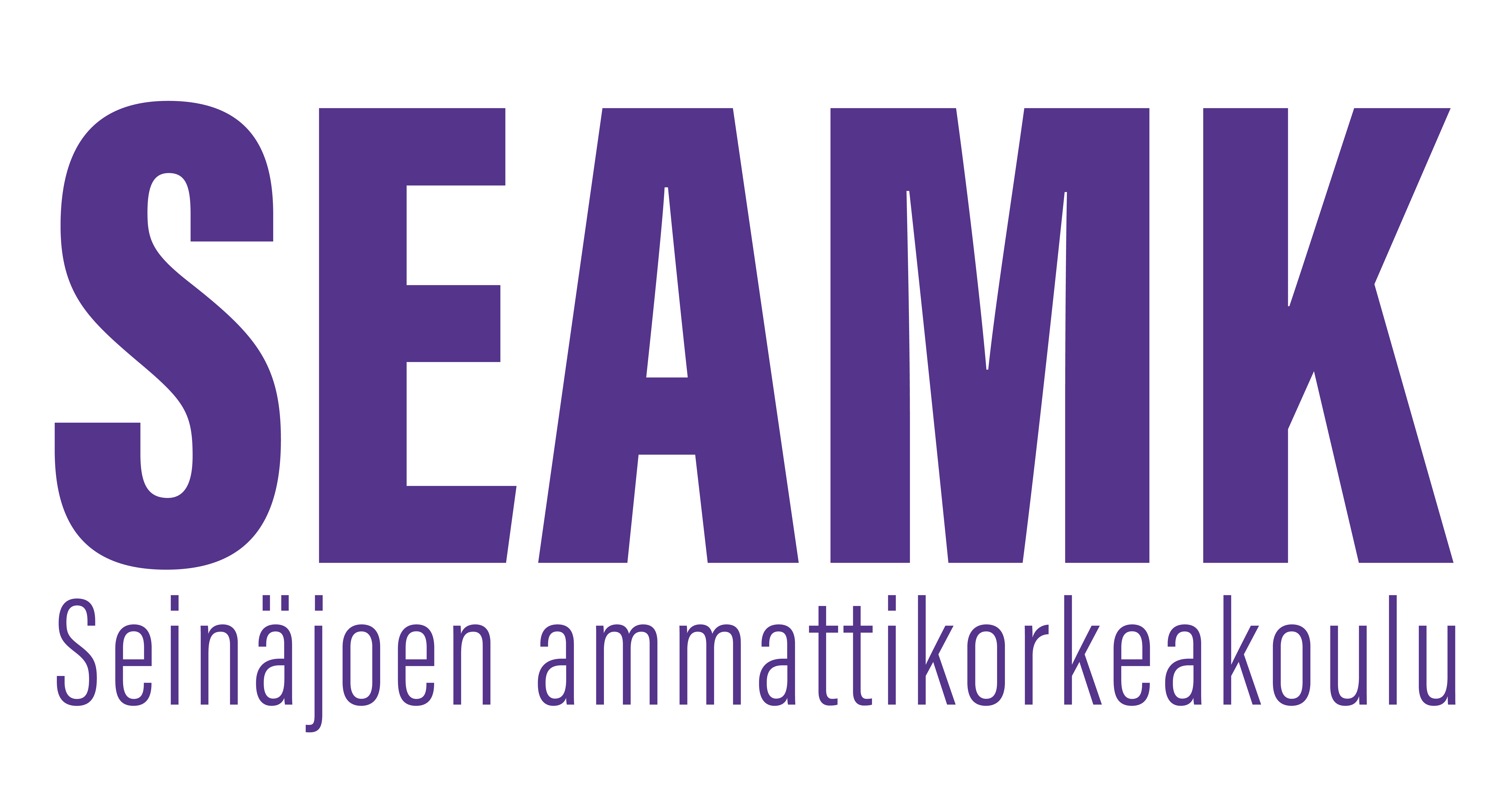Electrical and Thermal Physics (3op)
Opintojakson tunnus: AE00CM47
Opintojakson perustiedot
- Laajuus
- 3 op
Osaamistavoitteet
Upon completion of the course, student will
- be able to utilize the necessary concepts and units that are used in modeling thermal and electrical phenomena
- be able to analyze the thermodynamic properties of materials and solid bodies with equilibrium models
- be able to interpret thermal and electrical laws as approximate empirical descriptions
- is able to analyze electrostatic interactions between electric fields and charged particles
- be able to solve even complicated DC circuits
- be able to identify electricity production and transmission processes, such as the use of three-phase power, transformer, generator and induction motor operation
- be able to evaluate his/her skills on thermal and electrical physics and apply his/her expertise in the subsequent advanced studies
Sisältö
- Basics of thermal physics
- Electrostatics
- Direct current
- Alternating current
- Basics of magnetism
Esitietovaatimukset
Mechanics
Arviointikriteerit, tyydyttävä (1)
Satisfactory (1 ... 2): The student knows and understands to a satisfactory extent the basic concepts and methods of both electricity and thermal physics. The student is able to apply electricity and thermal physics to usual problems.
Arviointikriteerit, hyvä (3)
Good (3 ... 4): The student is familiar with the concepts and methods of electricity and thermal physics, and is able to apply them to different types of problems. The student is able to combine the accumulated knowledge and skills with previous experiences in the subject.
Arviointikriteerit, kiitettävä (5)
Excellent (5): The student is familiar with the concepts and methods of electricity and thermal physics, and is able to apply them to a variety of different problems. The student has demonstrated creativity and innovation, and is able to find new meanings when applying what they have learned.
